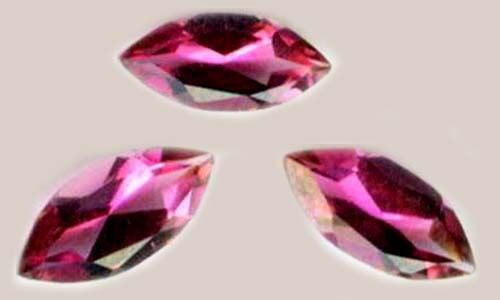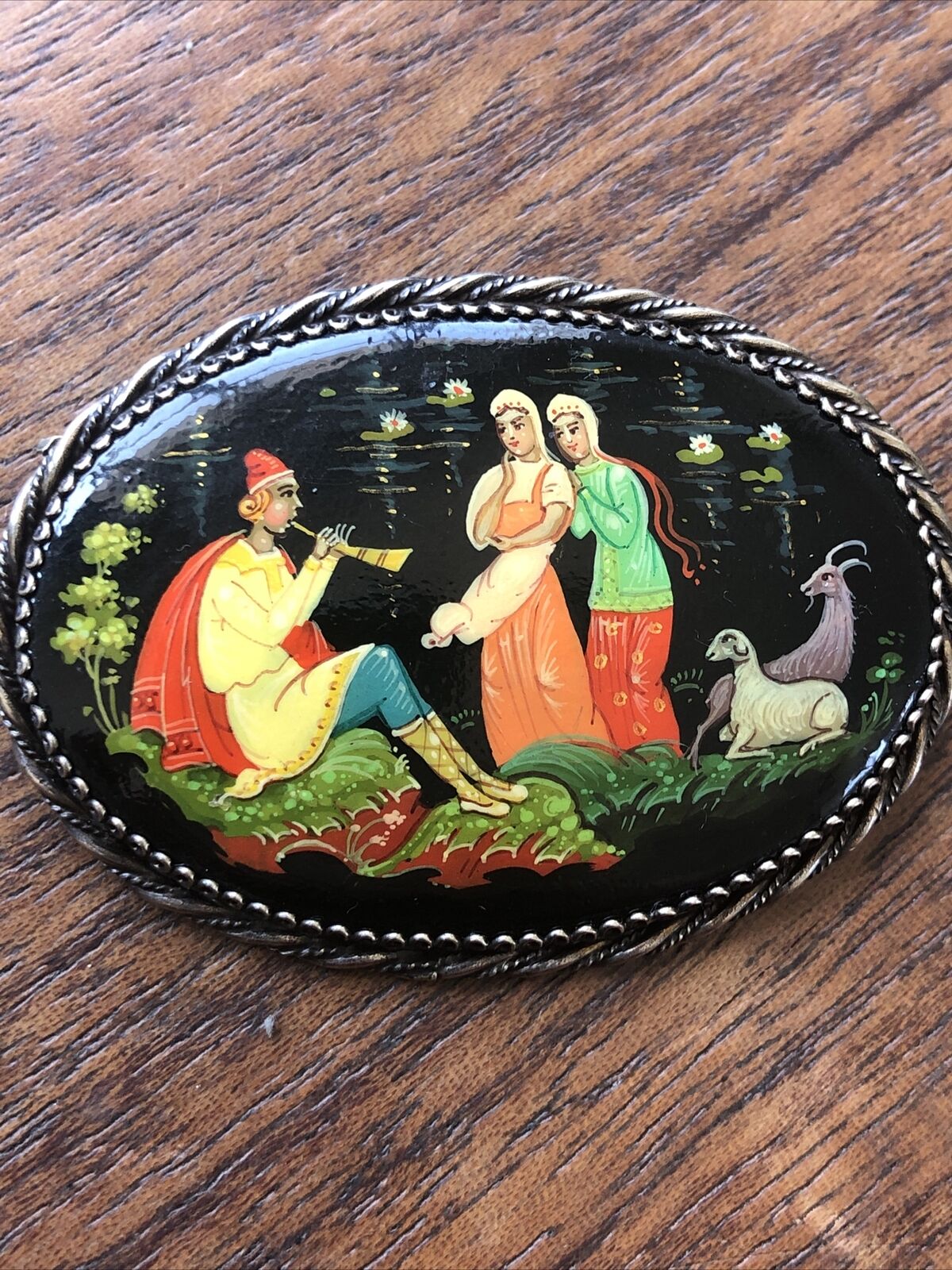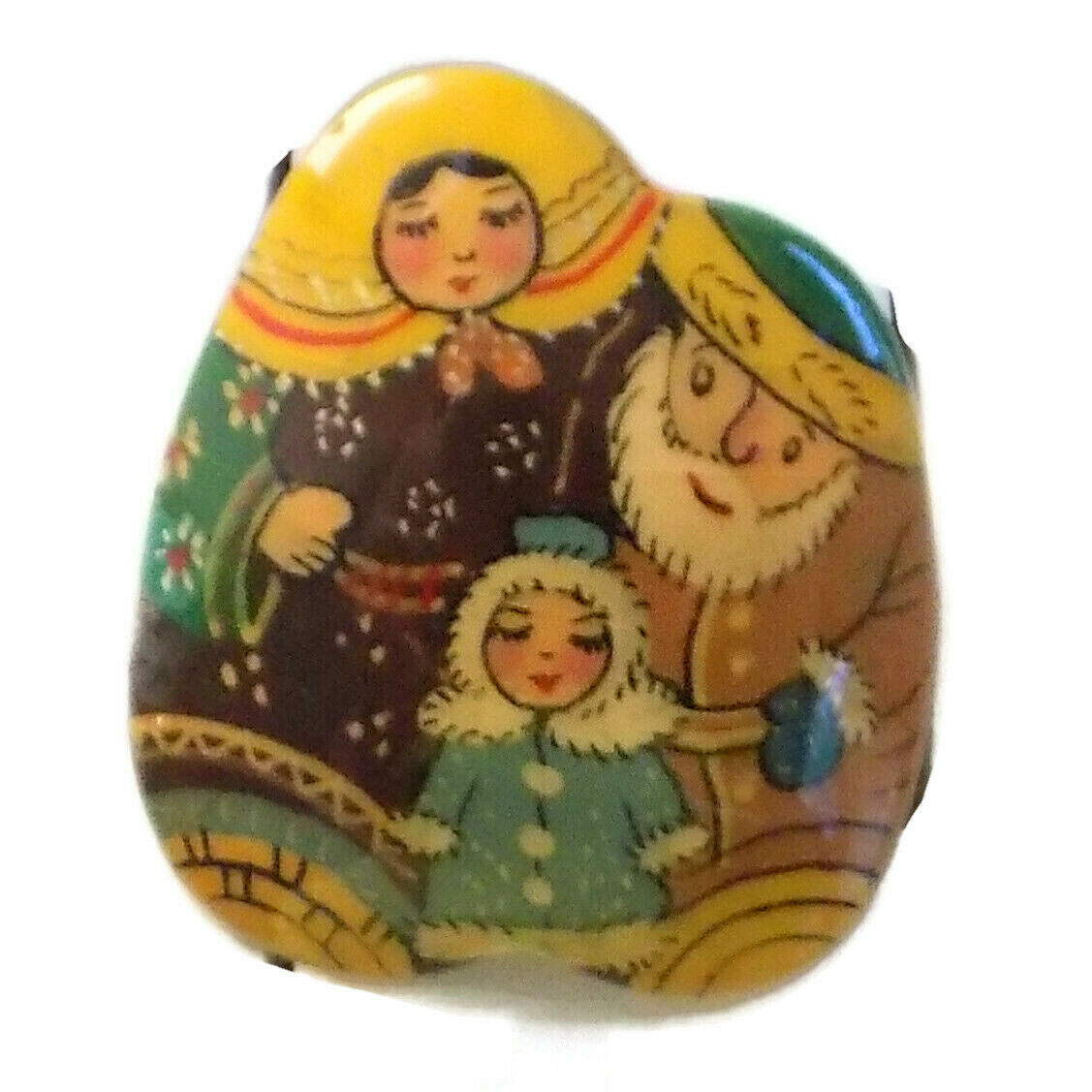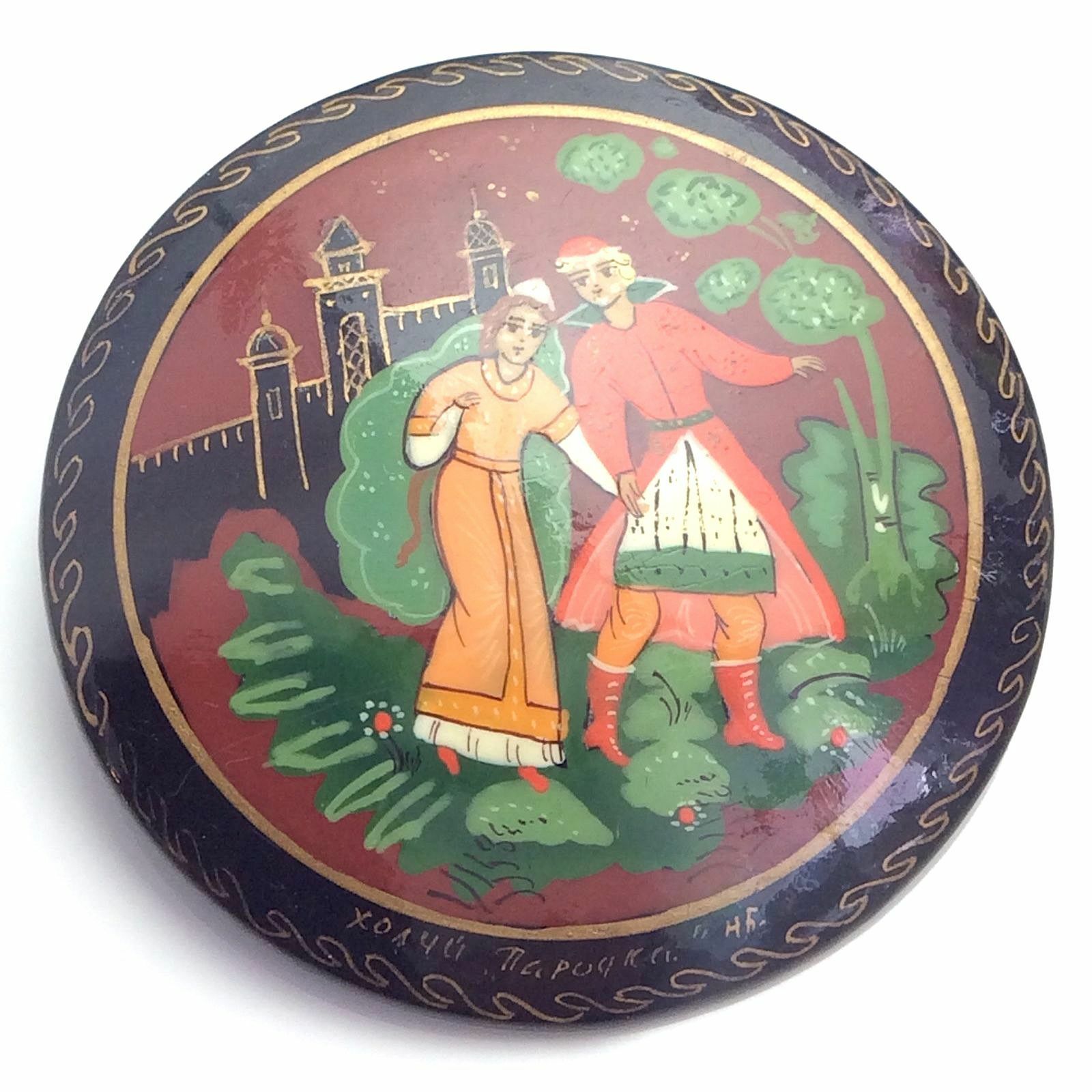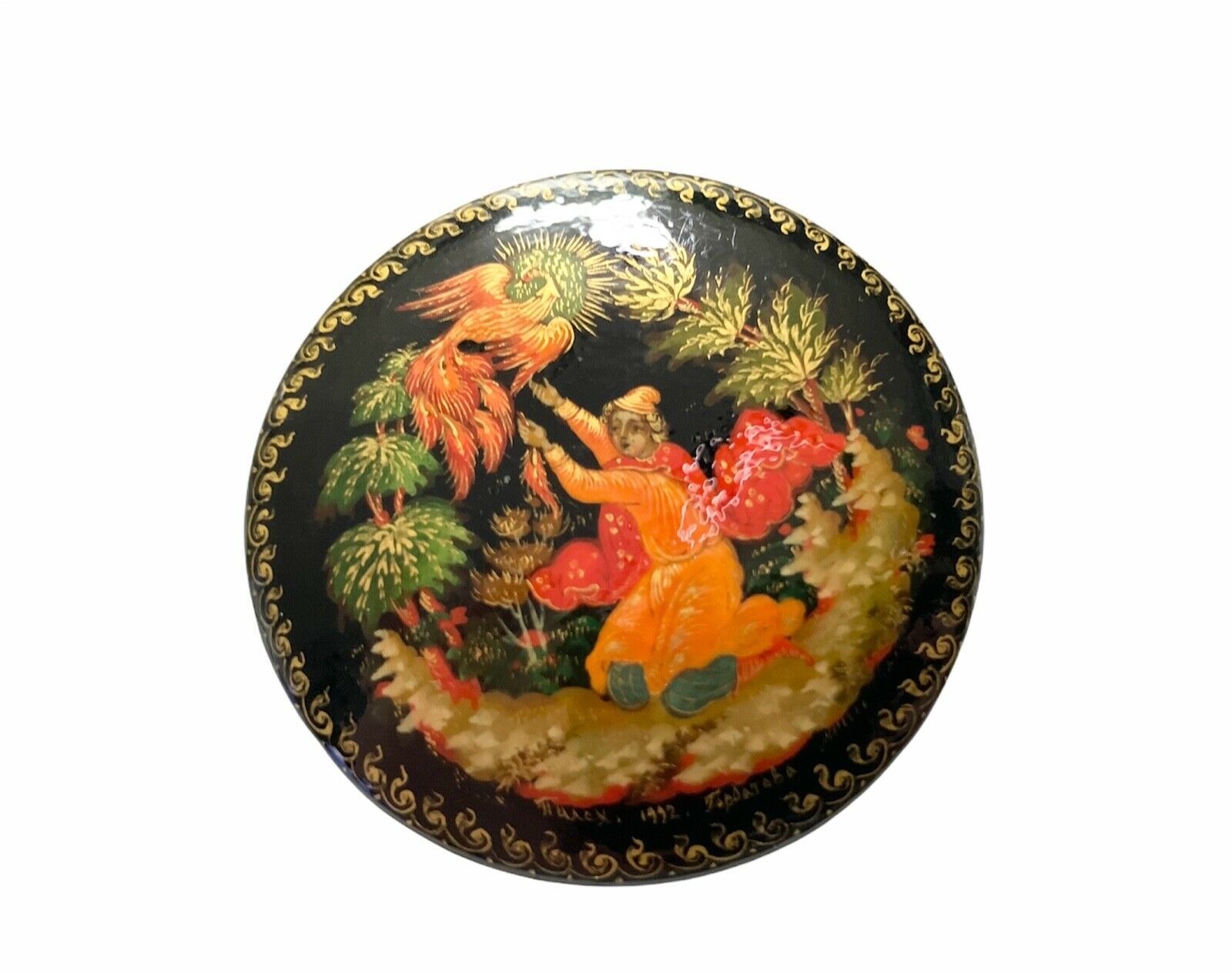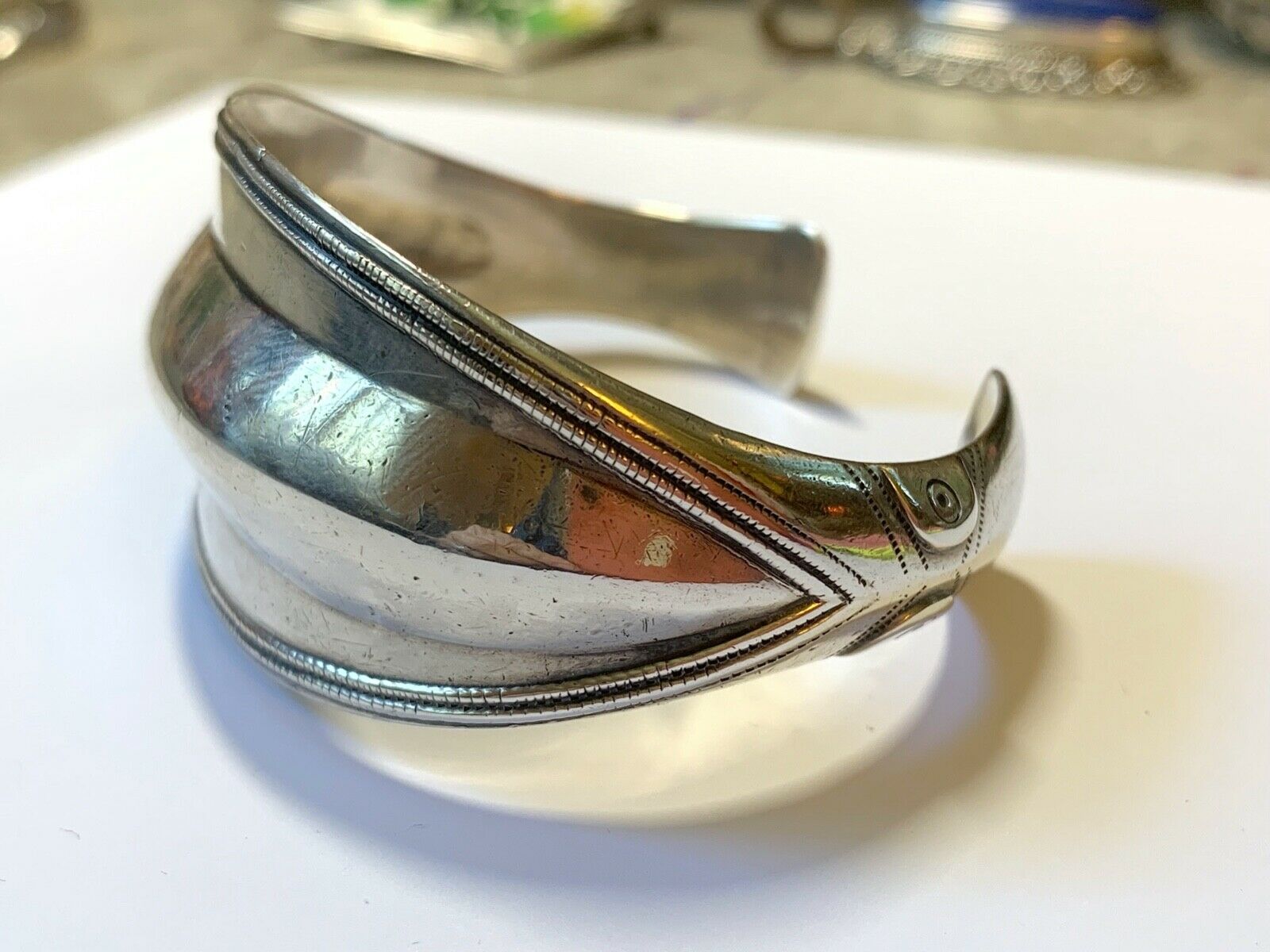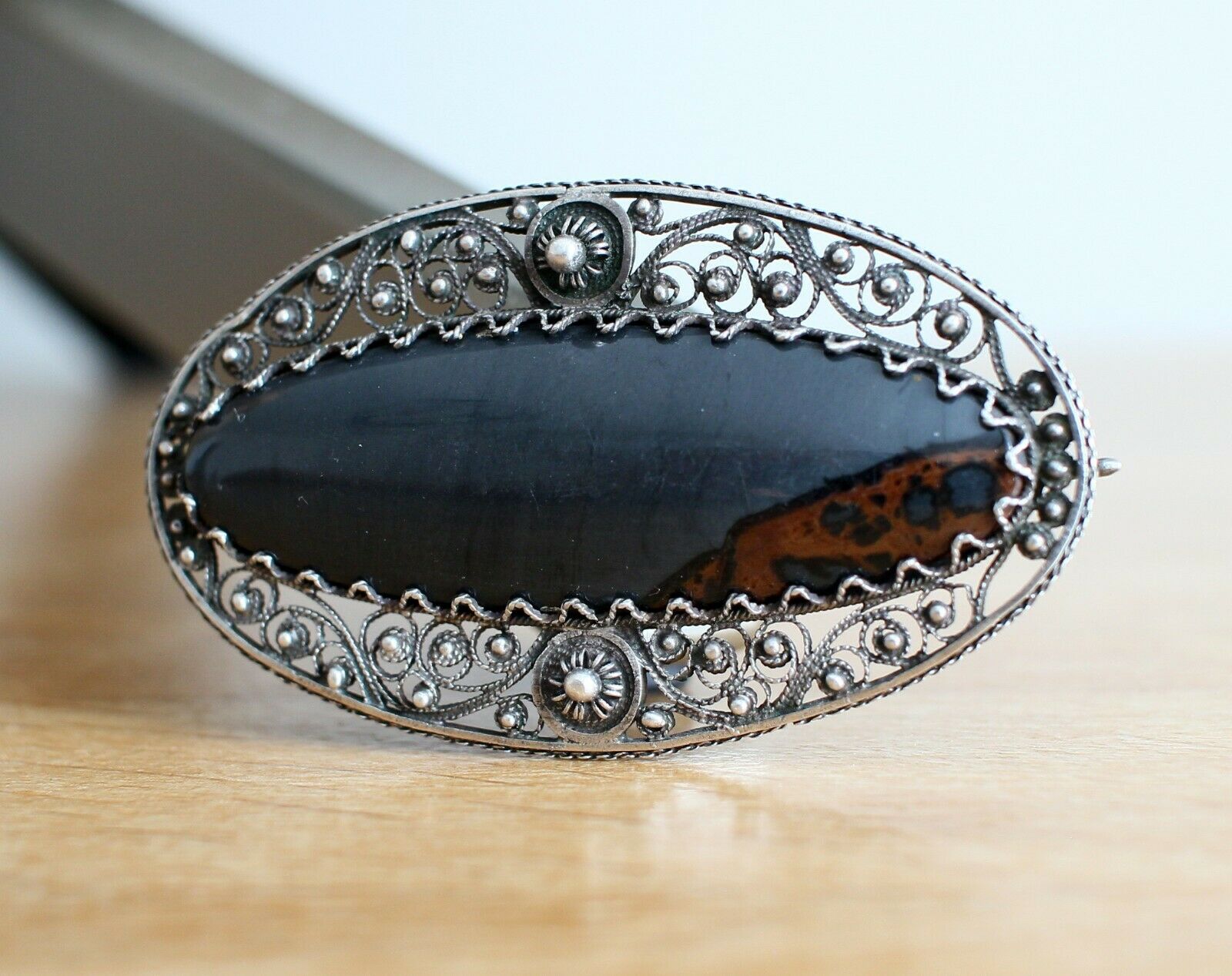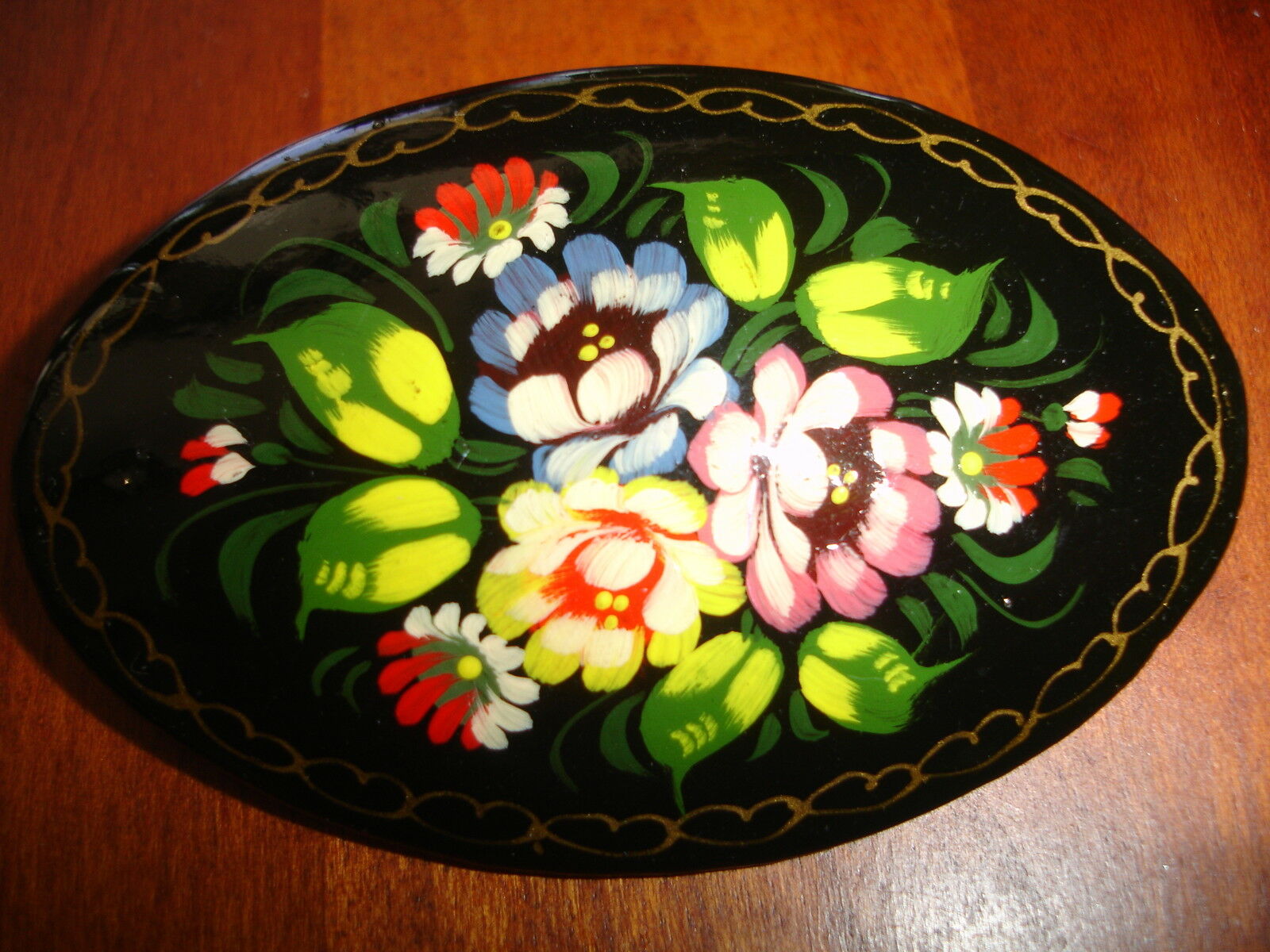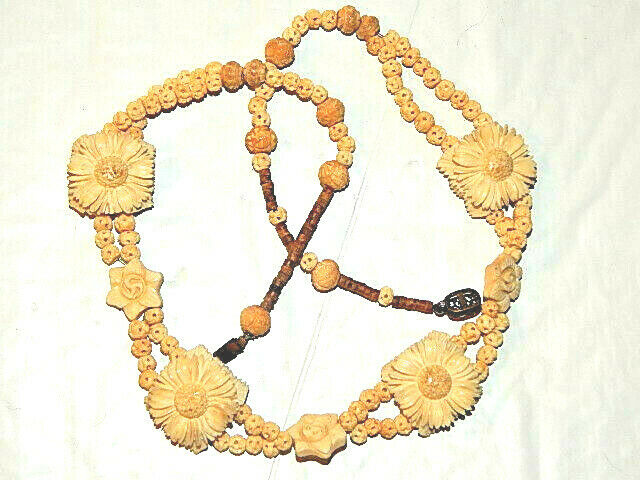-40%
19thC Antique 1/3ct Tourmaline Renaissance Russia Czar Crown Jewels Emerald Ruby
$ 36.95
- Description
- Size Guide
Description
Exquisite Antique Genuine Natural Siberian One-Third Carat Neon Pink Tourmaline Faceted Marquise.CLASSIFICATION:
Pink Tourmaline Faceted Marquise.
ORIGIN:
The Ural Mountains, Russia. 19th Century.
SIZE
: Length: 7mm. Width: 4mm. Depth: 2mm. All measurements approximate.
WEIGHT
: 0.38 carats.
NOTES
: Upon request we can set your gemstones as a ring, pendant, or as earrings (click
here
for more information).
DETAIL:
Tourmaline occurs in more colors and combinations of colors than any other gemstone variety. In fact an ancient legend says that tourmaline is found in all colors because it traveled along a rainbow and gathered all the rainbow's colors. But in the ancient past, it has led to tourmaline being confused with other colored gemstones. Many stones in the Russian Crown jewels (housed in the Kremlin) from the 17th century once thought to be rubies and emeralds are actually tourmalines. As often as tourmaline has been misidentified in the ancient past, it by now should have earned the nickname “the great deceiver”. For instance archaeological and historical evidence indicates that tourmaline was most likely known by the ancient Romans, but called other names such as emerald or topaz. Green or "chrome" tourmaline was misidentified in Renaissance Europe as emerald for over a century after its introduction in the seventeenth century. Through the sixteenth or seventeenth century, red and pink tourmaline was thought to be ruby.
Here's an exquisitely colored antique pink marquise cut faceted tourmaline from the Southern Urals, hand faceted in the 19th century. Pink tourmalines are rather uncommon, probably the most valuable of the ordinary varieties of tourmaline. There is substantially more demand than supply, so thus oftentimes can be quite costly. The color of this specimen has been alternately described as hot pink, neon pink, bubble gum pink, even screaming pink. Let’s just say the color is very intense, and quite vibrant. Pink tourmaline was held in such high regard by the (last) Empress of China, Tz'u Hsi, that she purchased bought almost a ton of it from a mine in California, and was eventually laid to rest (eternally) on a carved tourmaline pillow. Much favored by European Renaissance and Victorian Royalty, tourmaline tends to be characterized by the presence of small colorless inclusions.
This semi-precious gemstone does have several very minute blemishes composed of quartz crystalline material which while not discernible to the eye, can just be made out under a 5x glass. But while not absolutely flawless, it is nonetheless a quite satisfactory specimen, certainly eye clean, and with fantastic color. Under magnification the gemstone shows the unmistakable characteristics of having been hand crafted. The coarseness of the 19th century finish is considered appealing to most gemstone collectors, and is not considered a detriment, or detract from the value of a gemstone. These characteristics are not only expected of hand-finished gemstones, most serious collectors consider such gemstones more desirable, possessed of greater character and uniqueness when compared to today's cookie-cutter mass-produced machine-faceted gemstones. Unlike today’s computer controlled machine produced gemstones that approach flawlessness in a perfect finish, the cut and finish of a handcrafted gemstone such as this is the legacy of an artisan who lived two centuries ago.
Handcrafted though it may be the gemstone has great luster and sparkle, and to the eye is essentially transparent, but it is not absolutely flawless. True, to the naked eye it is flawless. The minute blemishes it does possess are virtually invisible to the naked eye, and the gemstone can easily be characterized, to use trade jargon, as "eye clean". However magnified as it is in the accompanying photo enlargements here, you might be able to just make out a few slight blemishes within the gemstone and occasional irregularities in the finish. But these characteristics are not only expected of hand-finished gemstones, you must also consider that two centuries ago the mining techniques even theoretically possible, let alone commonly practiced, did not allow the ultra deep mining operations which are so commonplace today.
Two centuries ago mankind was more or less limited to surface deposits or near surface deposits of gemstones. Higher quality gemstones which today are routinely mined from beneath hundreds of meters, even kilometers beneath the earth's surface, were simply inaccessible then. For these reasons antique gemstones must be appreciated as antiques first, gemstones second. The relatively superlative quality of contemporary gemstones routinely mined from deep beneath the earth's surface today were simply not accessible two centuries ago, or at least, only rarely so. However for most, the unique nature and character of these antique gemstones more than makes up for the blemishes found within the gemstones, as well as the cutting irregularities common to handcrafted gemstones, all of which are by and large (if at all) are only visible under magnification.
TOURMALINE HISTORY:
Tourmaline's name comes from the Dutch traders who purchased gemstones from the Celanese (i.e., Ceylon or Sri Lanka). The word "turmali," meant "mixed", and the bright rainbow collections of gemstone varieties which the Dutch purchased were called "turmali" parcels. Tourmaline has been used as gem material for more than 2,000 years. Since tourmaline occurred in many of the ancient mines that yielded other precious stones, tourmaline was most likely known by the ancient Romans, but called other names such as emerald or topaz. In fact, through the sixteenth or seventeenth century, red and pink tourmaline were thought to be ruby.
However one accurate reference to tourmaline in ancient history was by Theophrastus of Ancient Greece (student and successor of Plato and Aristotle) who in 314 B.C. accurately described tourmaline as becoming electromagnetically charged when it heated, noting that it would collect dust particles, straw and pieces of wood. In fact tourmaline can also become electromagnetically charged simply by rubbing it against one’s clothing, and the charge can remain for hours. There is also historical evidence which suggests that tourmaline was exported from Ceylon to ancient Israel as early as the time of King Solomon, and may have adorned the crown of the Queen of Sheba.
In the medieval world, alchemists believed tourmaline to be related to the philosopher’s stone, and as such could grant enlightenment, give power over spiritual affairs, reconcile opposites and change base metals to gold. Tourmaline was also used by medieval shamans who regarded it a “receptive stone,” which means it was soothing, calming, inward, and magnetic, and thus promoted meditation, spirituality, wisdom and mystical powers. During the Middle Ages tourmaline was also thought to heal physical and mental disorders as well as prevent death. Ancient mystical ceremonies in India included the use of the gem as a tool to bring insight and help in the discovery of that which is good, and to make known who or what was the cause of troubles or evil deeds. As well, various aboriginal tribes such as the American Indians, Australian Aborigines, and various African tribes, believed tourmaline to be a talisman which could protect against all dangers.
Tourmaline occurs in more colors and combinations of colors than any other gemstone variety. In fact an ancient legend says that tourmaline is found in all colors because it traveled along a rainbow and gathered all the rainbow's colors. Green or "chrome" tourmaline was "rediscovered" in the seventeenth century. This striking green gemstone is colored by the mineral chromium; hence the name "chrome" tourmaline. German miners in Brazil exported green tourmalines to bedazzled seventeenth century Europe, calling them "Brazilian emeralds". Within a few decades tourmaline was also rediscovered in the country of Tanzania on the African continent. In the eighteenth century, it was eventually realized that the "Brazilian emeralds" had unusual electromagnetic qualities, and were not emeralds at all.
Pink tourmaline was held in such high regard in Ancient China that Empress Tz'u Hsi, the last Empress of China, who loved pink tourmaline, bought almost a ton of it from the Himalaya Mine in California, and was eventually laid to rest (eternally) on a carved tourmaline pillow. In fact the Chinese have engraved and carved figures and snuff bottles from tourmaline for many centuries, and ancient examples are displayed in museums around the world. Many stones in the Russian Crown jewels from the 17th Century once thought to be rubies and emeralds are actually tourmalines. Chrome tourmalines are relatively uncommon gemstones, costly, and in scarce supply. They were considered the rarest variety of tourmaline until in 1989 very small quantities of even rarer Paraiba neon blue-green was discovered in Brazil, which sells for as much as ,000 per carat. The most popular color is peach (or pink) tourmaline, and one of the most famous mines in the world, played out and closed in 1913, was in California.
Throughout the history of the ancient world, gemstones were believed capable of curing illness, possessed of valuable metaphysical properties, and to provide protection. Found in Egypt dated 1500 B. C., the "Papyrus Ebers" offered one of most complete therapeutic manuscripts containing prescriptions using gemstones and minerals. Gemstones were not only valued for their medicinal and protective properties, but also for educational and spiritual enhancement. The ancient world regarded tourmaline helpful to artists, authors, actors and those in creative fields, enhancing their creative powers. Tourmaline was believed to possess many medicinal properties, including its ability to to cleanse, maintain, and stimulate the energy centers of the body.
It was also reported in an 18th century Dutch medical journal that tourmaline wrapped in silk and placed against the cheek of a feverish child would induce sleep. Tourmaline is still regarded as an aid for keeping the digestive system healthy as well as strengthening teeth and bones. It is also recommended for adrenal disorders, heart disease, arthritis, and used to treat stress and trauma. In regards to its metaphysical properties, tourmaline was believed to attract inspiration, to diminish fear, and encourage self confidence, enthusiasm, constructive thinking, and to assist the wearer avoid bad luck and negativity. It was regarded as conducive to promoting peaceful communication between the conscious and unconscious minds, allowing psychic awareness to blossom.
Tourmaline was regarded as a stone of reconciliation, a stone that fostered compassion and cool headedness, radiated the energy that attracted money, healing and friendship, and was used for “grounding” purposes, to stabilize, and reaffirm one’s “roots”. Pink tourmaline in particular was believed to be of great value to people that had difficulty dealing with fear, who had panic attacks or who were in need of something to help them heal their inner chaos and dread. It was regarded as a heart protector as well as an aphrodisiac, and was believed to provide reassurance that it was safe to love and therefore instilled confidence.
Domestic shipping (insured first class mail) is included in the price shown. Domestic shipping also
includes
USPS Delivery Confirmation (you might be able to update the status of your shipment on-line at the
USPS Web Site
). Canadian shipments are an extra .99 for Insured Air Mail; International shipments are an extra .99 for Air Mail (and generally are NOT tracked; trackable shipments are EXTRA).
ADDITIONAL PURCHASES
do receive a
VERY LARGE
discount, typically about per item so as to reward you for the economies of combined shipping/insurance costs. Your purchase will ordinarily be shipped within 48 hours of payment. We package as well as anyone in the business, with lots of protective padding and containers.
We do NOT recommend uninsured shipments, and expressly disclaim any responsibility for the loss of an uninsured shipment. Unfortunately the contents of parcels are easily “lost” or misdelivered by postal employees – even in the USA. If you intend to pay via PayPal, please be aware that PayPal Protection Policies REQUIRE insured, trackable shipments, which is INCLUDED in our price. International tracking is at additional cost. We do offer U.S. Postal Service Priority Mail, Registered Mail, and Express Mail for both international and domestic shipments, as well United Parcel Service (UPS) and Federal Express (Fed-Ex). Please ask for a rate quotation. We will accept whatever payment method you are most comfortable with. If upon receipt of the item you are disappointed for any reason whatever, I offer a no questions asked return policy. Send it back, I will give you a complete refund of the purchase price (less our original shipping costs).
We travel to Russia each year seeking antique gemstones and jewelry from one of the globe’s most prolific gemstone producing and cutting centers, the area between Chelyabinsk and Yekaterinburg, Russia. From all corners of Siberia, as well as from India, Ceylon, Burma and Siam, gemstones have for centuries gone to Yekaterinburg where they have been cut and incorporated into the fabulous jewelry for which the Czars and the royal families of Europe were famous for. My wife grew up and received a university education in the Southern Urals of Russia, just a few hours away from the mountains of Siberia, where alexandrite, diamond, emerald, sapphire, chrysoberyl, topaz, demantoid garnet, and many other rare and precious gemstones are produced. Though perhaps difficult to find in the USA, antique gemstones are commonly unmounted from old, broken settings – the gold reused – the gemstones recut and reset.
Before these gorgeous antique gemstones are recut, we try to acquire the best of them in their original, antique, hand-finished state – most of them centuries old. We believe that the work created by these long-gone master artisans is worth protecting and preserving rather than destroying this heritage of antique gemstones by recutting the original work out of existence. That by preserving their work, in a sense, we are preserving their lives and the legacy they left for modern times. Far better to appreciate their craft than to destroy it with modern cutting. Not everyone agrees – fully 95% or more of the antique gemstones which come into these marketplaces are recut, and the heritage of the past lost. But if you agree with us that the past is worth protecting, and that past lives and the produce of those lives still matters today, consider buying an antique, hand cut, natural gemstone rather than one of the mass-produced machine cut (often synthetic or “lab produced”) gemstones which dominate the market today.
Our interest in the fabulous history of Russian gemstones and the fabulous jewelry of the Czar’s led to further education and contacts in India, Ceylon, and Siam, other ancient centers of gemstone production and finishing. We have a number of “helpers” (family members, friends, and colleagues) in Russia and in India who act as eyes and ears for us year-round, and in reciprocity we donate a portion of our revenues to support educational institutions in Russia and India. Occasionally while in Russia, India, Siam, and Ceylon we will also find such good buys on unique contemporary gemstones and jewelry that we will purchase a few pieces to offer to our customers here in America. These are always offered clearly labeled as contemporary, and not antiques – just to avoid confusion. We can set most any antique gemstone you purchase from us in your choice of styles and metals ranging from rings to pendants to earrings and bracelets; in sterling silver, 14kt solid gold, and 14kt gold fill. When you purchase from us, you can count on quick shipping and careful, secure packaging. We would be happy to provide you with a certificate/guarantee of authenticity for any item you purchase from me. There is a fee for mailing under separate cover. Please see our
"ADDITIONAL TERMS OF SALE."
